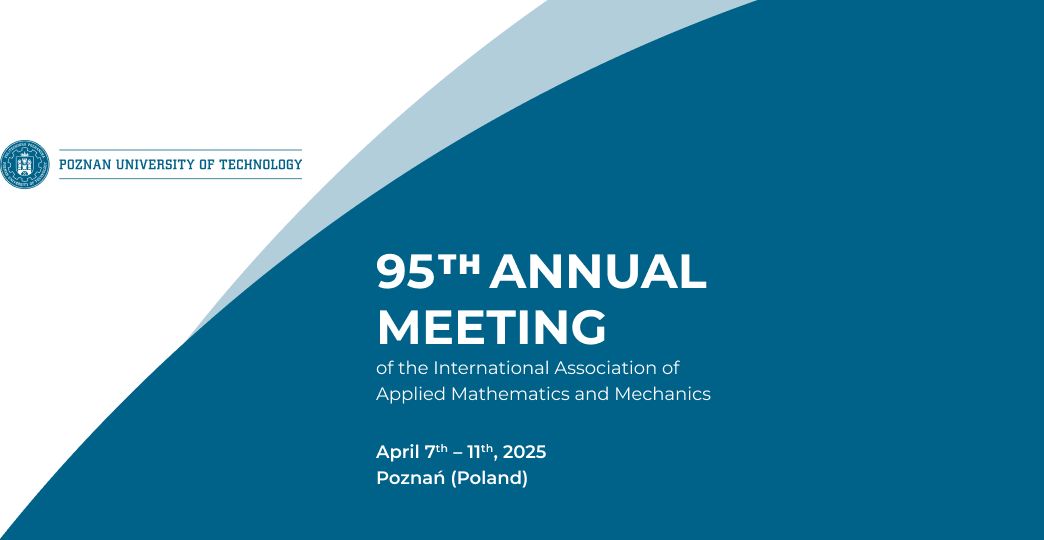Speaker
Description
Coupled problems often include simulations on moving domains, where objects fully rotate or undergo large displacements, hence an update of the mesh is required. This mesh update is a crucial and notoriously difficult task. Different methods have been proposed, such as [1, 2], each coming with its own limitations. The proposed approach is based on a block-structured meshing scheme. Generally, meshing can be categorized into structured and unstructured approaches. The handling of complicated geometries is easier with unstructured meshes, for the structured approach less elements may be used and it allows the handling of boundary layers straightforwardly, supporting anisotropic node distributions. Within this work, we utilize the concept of block-structured meshing to enable large displacements and full rotations. A block-structure is a valid, linear but coarse mesh representing the topology. The geometry description and grading are then assigned to the respective block edges and afterwards, submeshes are generated inside the blocks using transfinite maps, based on the desired (spatial) resolution and mesh order. These submeshes are then combined to the final simulation mesh. For moderately large displacements, one may move these blocks based on the simulation results and generate a new mesh in every time step without any connectivity changes, see [3, 4]. For full rotations or large displacements, a connectivity change of the block-structure is necessary and a new simulation mesh is generated. Therefore, a projection of the results between the meshes, featuring different connectivities, is required. To restrict the searching of the nodes to a certain area, one may connect the old and the new block-structure, which results in blocks in space and time. The data projection may be optimized based on the proposed space-time block-structure. Furthermore, a connectivity change is done rarely and, in most simulations, only a part of the mesh requires this step, resulting in a fast procedure. Numerical results confirm the success of the proposed approach.
REFERENCES
[1] M. Behr, T. Tezduyar, The shear-slip mesh update method. Comput. Methods Appl. Mech. Eng., Vol. 174, pp. 261–274, 1999.
[2] F. Key, L. Pauli and S. Elgeti, The virtual ring shear-slip mesh update method. Comput. Fluids, Vol. 172, pp. 352 – 361, 2018.
[3] T. Schwentner and T.P. Fries, Fluid-structure interaction with fully coupled mesh generation, Proc. Appl. Math. Mech., Vol. 23, e202300067, 2023.
[4] T. Schwentner and T.P. Fries, Fully coupled, higher-order, block-structured mesh generation in fluid-structure interaction. Int. J. Numer. Meth. Fluids, 2024.

